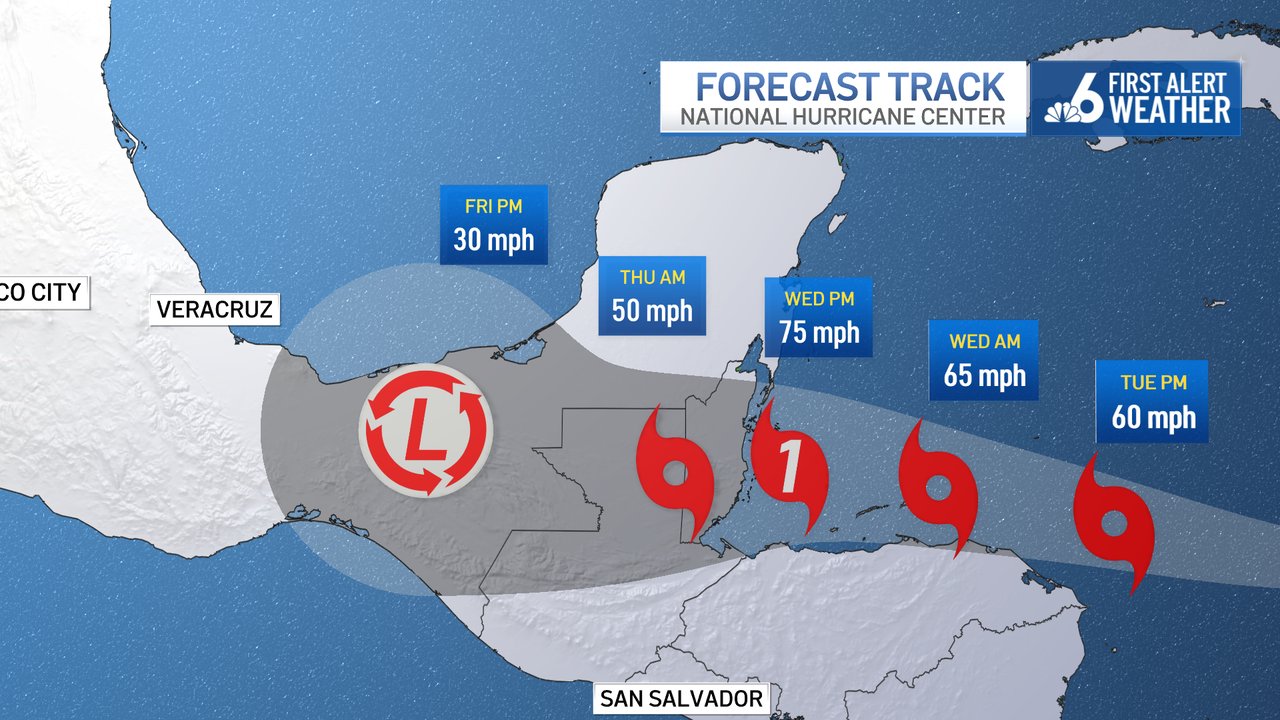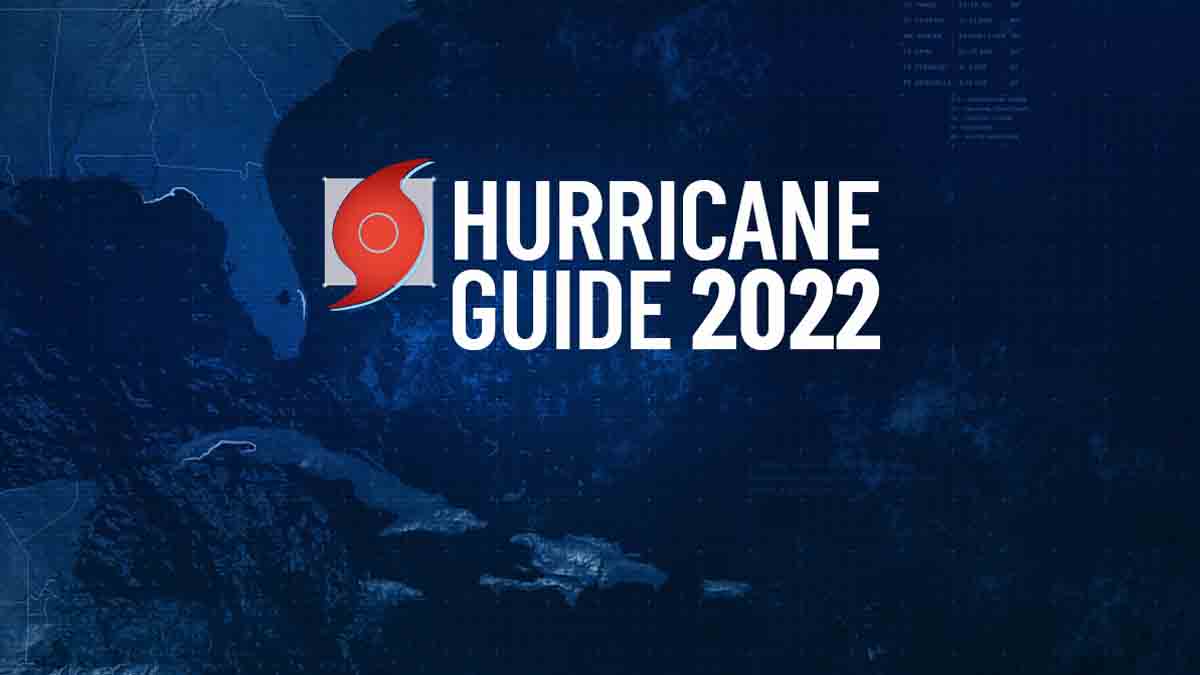Tropical Storm Lisa formed south of Jamaica on Halloween. It is expected to strengthen into a hurricane before reaching Belize late Wednesday.
Lisa is no threat to Florida.
In addition to damaging, potentially hurricane-force winds, Lisa could also produce a storm surge 3 to 5 feet in height at the coast. Up to eight inches of rain could fall across parts of Central America and Mexico. While the rain will likely produce flash flooding and landslides, it is a relatively modest amount — as hurricanes go — thanks to a good deal of dry air that surrounds Lisa.
An average Atlantic hurricane season has 14 named storms out of which 7 become hurricanes. But in recent years, there have been many hyperactive seasons. In 2020 and 2021 combined, 51 tropical storms formed in the Atlantic basin!
Get South Florida local news, weather forecasts and entertainment stories to your inbox. Sign up for NBC South Florida newsletters.
That’s why, other than the terrible stretch of Hurricanes Earl, Fiona, and Ian, much of the season has been perceived as being quite inactive. Lisa is the twelfth named storm of 2022, and 12 is the lowest number of named systems in an Atlantic hurricane season since 2015. That year, only 10 storms had been named by Halloween.
By other measures, the season has been relatively tame too. The number of days with a named storm is 48 versus a normal of 65 by this date. Nineteen hurricane days have been observed versus a normal of 26 by this date. Two major hurricanes have formed instead of the normal of three. And Accumulated Cyclone Energy (ACE), a measure that includes the strength and longevity of all storms combined, is at 84 versus a normal by this date of 116 — that’s 28 percent below normal.
But 2022 brought us Major Hurricane Ian — a storm for the ages that again proved the adage that "it only takes one." As I’ve written and broadcasted before, when it’s all said and done, Ian will be the costliest hurricane in the history of Florida. And the long-term repercussions have yet to come into view — from insurance rates and availability to construction costs, to wealth eradication.
As for what might be expected for the rest of the season, historically over 90 percent of tropical systems are named by the end of October. Said another way, November is normally not a busy month for tropical systems in the Atlantic.
From our viewpoint in Florida, we will continue to look south towards the western Caribbean for any new fledgling systems that may still form in that area where the waters are still warm. Sometimes storms can form there and move across Cuba and into the Sunshine State.
If we can get a couple more cold fronts crossing Florida and the Gulf of Mexico, where waters are already cooling, we will see our chances for tangling with one last tropical storm diminish quickly. No important fronts are in the forecast for this week. But halfway through autumn, the opportunities for a cool spell are increasing.
John Morales is NBC 6's Hurricane Specialist.



